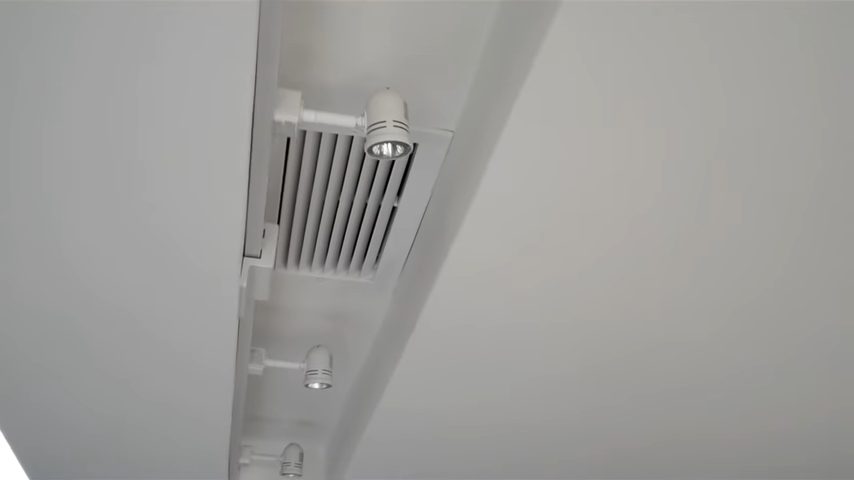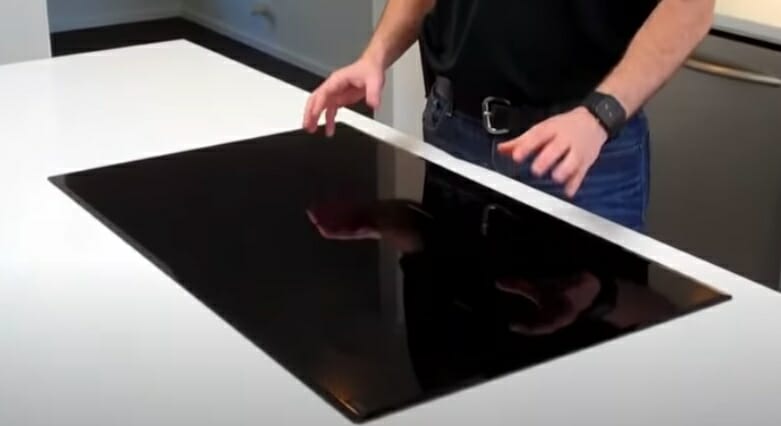Do Electric Ovens Need to Be Vented? (3 Reasons Why)

A common concern of new electric oven buyers is whether the electric stove should use a vent.
In general, electric ovens must be vented. As an experienced electrician with experience repairing electric ovens, I will outline why it is necessary to vent your electric oven.
Quick Summary: Most experts agree that an electric oven should be vented, the advantages include:
- Boost the caliber of the air inside your home
- Keep the kitchen safe
- Keep the kitchen clean
I will cover the reason why below then we will go into the regulations and why they should be vented.
3 Justifications for Venting an Electric Oven
- Boost the Caliber of The Air Inside Your Home
The collected oils and leftovers from the cooking process will undoubtedly stay in your electric stove after use if you don’t vent it. This may damage your interior air by releasing pollutants and substances like carbon monoxide. Your family is at risk from the contaminated indoor air; your kids are especially vulnerable.
- Safeguard Your Kitchen
Grease and contaminants won’t build up inside the oven if it has a vent. Grease buildup threatens your kitchen and oven because it can ignite when heated.
5,000,000 cooking fires occur annually in the home. Of these fires, grease fires are the most dangerous and are responsible for 1 in every five home fire deaths.
- Keep the Kitchen Spotless
Without venting, the oven’s built-up grease, smoke, and steam will remain trapped in the appliance and your kitchen. They might enter your kitchen and contaminate the cabinets, ceiling, and walls. Ventilating your kitchen’s smoke, steam, and contaminants helps keep your kitchen and utensils clean and extends their lifespan. Therefore, installing a ventilation system in your kitchen or oven is a wise financial decision.

Kitchen Vent Hood Building Regulations
Ducting Material
Ducting material (for the range hood) must always be stainless or galvanized steel.
If the range hood is a downdraft model, that is the only significant exception to this rule. It sucks in the air downwards, and the vent goes into the floor).
Under certain circumstances, PVC plastic pipe may be used with a downdraft hood instead of metal piping.
Length of Duct
Range hood duct length requirements are based on the duct’s diameter, whether the wall is smooth, and the CFM rate.
The maximum duct length, for instance, is 18 feet if your range hood has a 200-cfm rating and the flex duct has a 6-inch diameter. Also, a 200-cfm hood and 6-inch flex duct cannot be used with a duct with a diameter of 5 inches or less.
This clause is exempt if the range hood complies with the manufacturer’s specifications or if you independently test the hood’s airflow using measuring equipment. And it must be installed at least 24 inches from the cooktop for maximum efficiency.
Must Vent Outside
Range hood venting must always be done outside. They cannot exhaust into a crawlspace or attic or be placed below the ceiling.
As long as they are labeled and intended for that type of installation, ductless or recirculating range hoods are the primary exemption to the rule. Carbon filters that absorb smoke and odors must always be used with recirculating range hoods.
The following are some additional code requirements for range hood exhaust:
- The duct’s interior needs to be smooth (no ridges)
- An airtight range hood duct is required.
- A backdraft damper is required for the hood (a damper or “flap” stops the vent when the hood isn’t in use).
- The exhaust duct must be separate from all other exhaust systems, such as bathroom fans, and must not be connected to them.
A Makeup Air System Could Be Necessary.
You might need to have a makeup air system installed if your range hood has a 400-cfm or higher rating. Makeup air systems are mechanical devices with dampers that draw in outside air or replace the air in the range hood exhausts.
Only gas or propane ranges are subject to this code requirement only if the range is not already directly vented.
To prevent outdoor air from leaking into the house, the makeup air unit must also include a damper that closes when not used.
There are methods available for universal makeup air that employ a sensor to open the damper when they detect the range hood is on. These systems function effectively with new construction and pre-existing kitchen hoods and require low-voltage wiring.
Two Types of Range Hoods for Venting Electric Ovens
Use a range hood to vent the smoke, steam, oil, and chemicals from your oven and keep it clean. Depending on your kitchen and preferences, you can select a ducted or ductless hood.
Ducted Range Hood
The air outside your oven and kitchen would be transmitted by a duct or pipe that is included with ducted hoods. This is a useful tool for cleaning your kitchen of pollutants and smoke. Your kitchen can quickly smell fresh thanks to its high airflow rate.
Unvented Range Hood
Typically, this hood contains a recirculating extractor that filters the contaminated air in your kitchen and then releases cleaner air. Since there is no requirement to vent the air created by your cooking outside, this hood is appropriate for all kitchens.
However, compared to its ducted version, this hood often has a lower airflow rate, which reduces its effectiveness. Therefore, if your filter has gathered dirt and grease, the filtering procedure does not guarantee that the air is entirely clean. As a result, you also need to periodically change the filter on your ductless hood to preserve the purity of the air in your kitchen, which might result in significant costs.
How Much Ventilation Does an Electric Cooktop Need?
Virtually all Electric stoves are low-powered; hence a ventilation output in the range of 150 to 300 CFM is quite sufficient – Electric deep fryers must be treated as gas stovetops.
Take a look at some of our related articles below.
- Can electric stoves catch fire
- What size wire for electric stove
- Do electric dryers produce carbon monoxide
Video Reference
Matt Risinger
